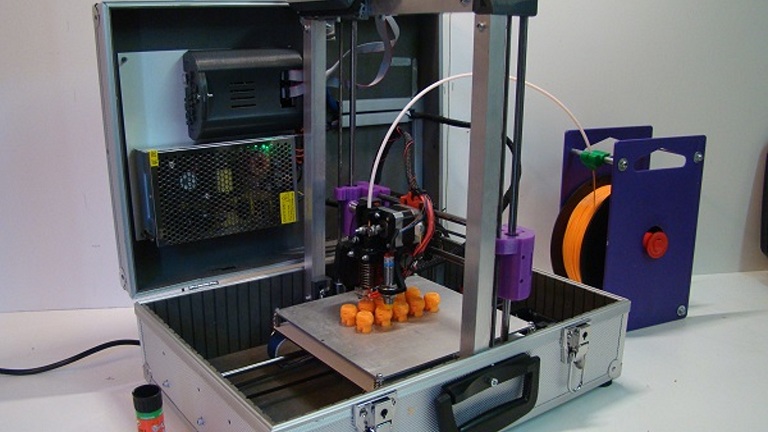
Stepper motors, also known as stepper drivers, are commonly utilized parts in the robotics industry. If you’ve ever handled a precision machine or a 3D printer, you’ve probably used a stepper driver to some extent. They allow for precise and controlled movement and learning the basics and how to properly use them is always a good idea if you’re in need of them. That being said, let’s elaborate on the benefits of using a 3D printer stepper driver.
Stepper motors promote precision control. They ensure 100% precision when 3D printing in a controlled environment, so that you can rest assured your print will come out correct. Furthermore, a 3D printer stepper driver promotes speed control. You can easily reduce or accelerate the speed of the print at any given point, in a controlled manner. Additionally, stepper drivers can remain fixed in a position.
When buying a stepper motor, there are a couple of things you need to consider in order to make the right purchase for your 3D printer. First and foremost, consider the number of steps per revolution. Stepper motors work similar to analogue clocks, so they have a limited amount of positions. However, there are various different models that have a different number of steps. The more steps the stepper has, the better resolution you can get. Secondly, consider the angle per step, which is quite different from the number of turns per revolution. In 3D printing, 200 steps per turn equal to 1.8 degrees per step.
Then, you have to consider the size of the stepper. When looking at size, you’ll come across measurements marked as NEMA, which is short for National Electrical Manufacturers Association. For instance, you’ll see a stepper labeled as NEMA19, which means that the stepper’s dimensions are 1.9×1.9-inches. Generally, the bigger the stepper is, the more torque it will provide. However, that’s not always the case. It’s possible for a NEMA15 motor to outperform a NEMA19 motor.
Lastly, you’ll have to consider the motor’s internal resistance characteristics. Although this might not be indicated in the specification sheet, you should do some research on the models you’re considering. This is important because the stepper releases heat, and if it releases more heat than the motor can handle, it can lead to damage or improper function. On the other hand, the motor shouldn’t have a resistance that’s too high, as this may lead to the stepper not receiving enough current to operate properly.

